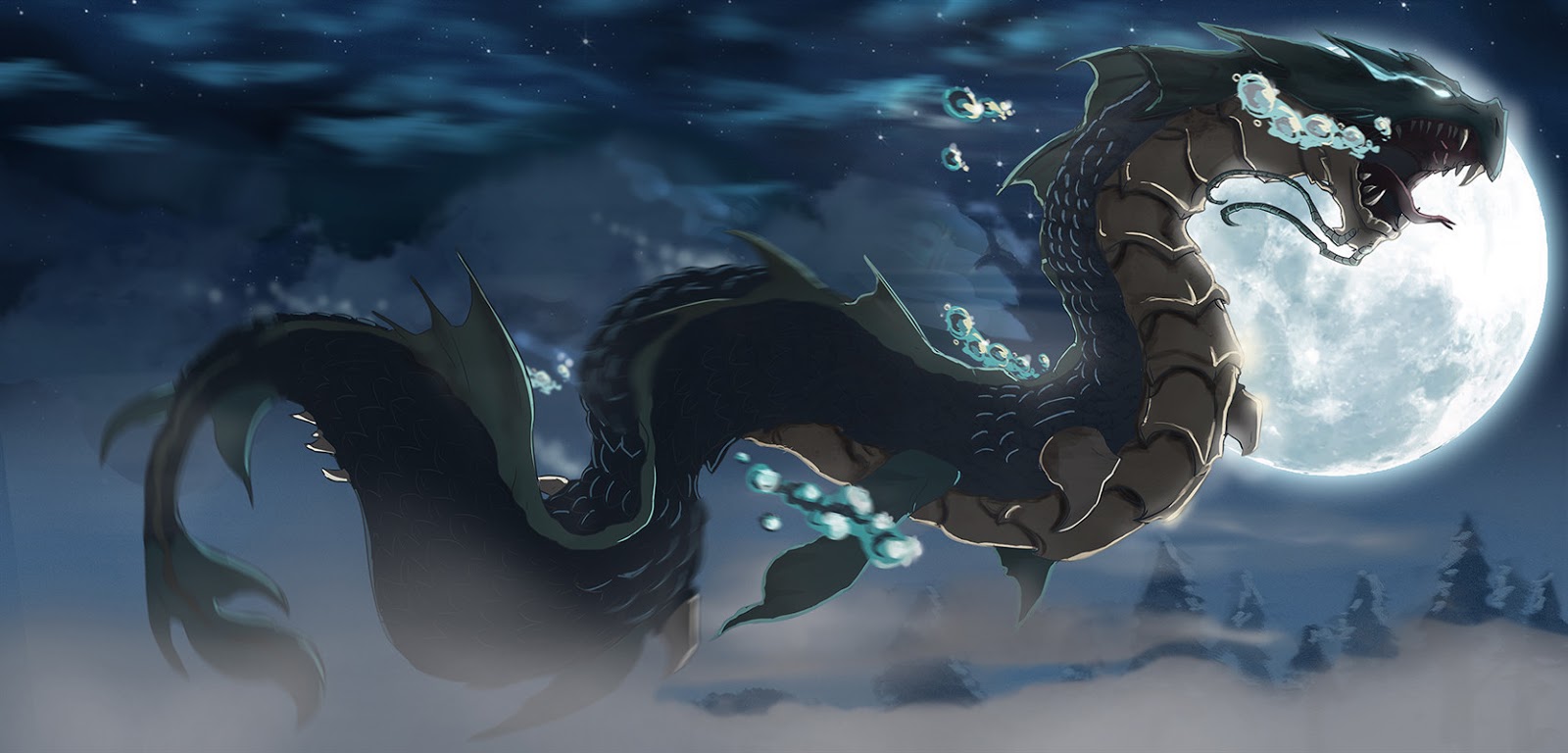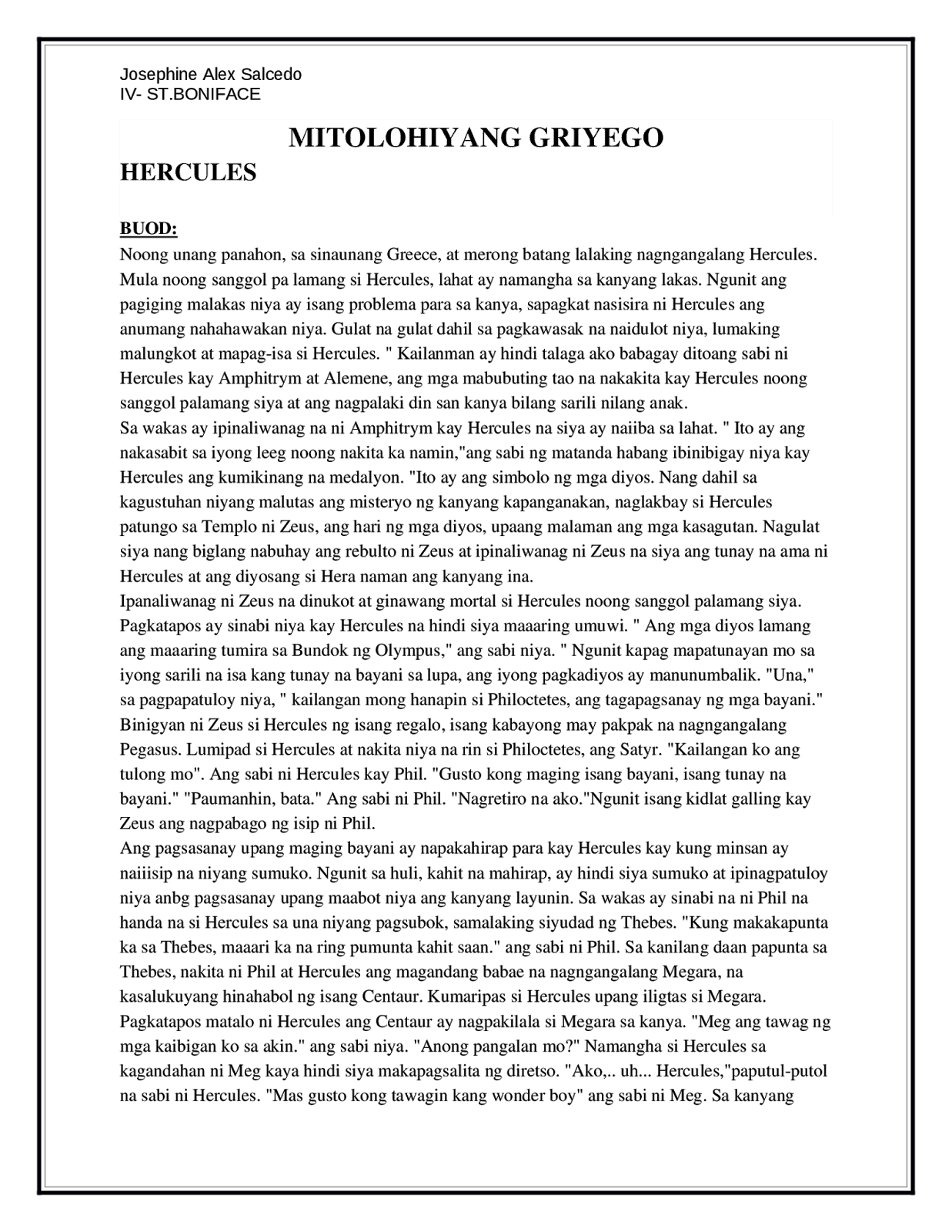Uncovering the Magic of Philippine Mythology

Ever wonder where earthquakes come from? Or why the rooster crows at dawn? In the Philippines, these aren't just scientific phenomena. They're woven into the fabric of ancient tales, passed down through generations. These stories, collectively known as Philippine mythology, offer a captivating glimpse into the heart and soul of Filipino culture.
Philippine mythology isn't just a collection of entertaining narratives. It’s a vibrant tapestry of beliefs, rituals, and traditions that have shaped the Filipino identity. From the mighty bathala to the mischievous duwende, these stories provide a window into a world where the natural and supernatural intertwine, explaining the mysteries of the universe and the complexities of human nature.
These narratives, originating from pre-colonial times, reflect the diverse indigenous cultures of the archipelago. Passed down orally for centuries, they evolved and adapted, influenced by later contact with Spanish colonialism and other cultures. This rich blend of influences gives Philippine mythology its unique flavor, setting it apart from other mythological traditions.
Understanding Philippine folklore is key to understanding the Filipino worldview. The stories reveal traditional beliefs about the creation of the world, the origins of humanity, the relationship between humans and nature, and the importance of community and respect for elders. These ancient narratives provide context for present-day customs and traditions, offering a deeper understanding of the cultural values that underpin Filipino society.
However, the preservation of these stories faces challenges in the modern world. The rise of globalization and the dominance of Western media threaten to overshadow these rich cultural treasures. Efforts to document and promote Philippine myths and legends are crucial to ensuring that future generations can connect with their heritage and appreciate the profound wisdom embedded within these ancient narratives.
Philippine Mythology encapsulates the beliefs and stories of the various indigenous groups in the Philippines. It includes narratives about deities, heroes, mythical creatures, and the origins of the world. For example, the story of Maria Makiling, a benevolent mountain spirit, teaches respect for nature and highlights the interconnectedness between humans and the environment.
One benefit of exploring Filipino folklore is its ability to foster a deeper appreciation for Filipino culture. By understanding these stories, we gain insights into the values, beliefs, and traditions that have shaped the nation's identity. Another benefit lies in its educational value. Mythology can be a powerful tool for teaching history, language, and social studies, making learning engaging and memorable. Finally, understanding these narratives promotes cultural preservation. By sharing and celebrating these stories, we ensure their survival for future generations.
Advantages and Disadvantages of Studying Philippine Mythology
| Advantages | Disadvantages |
|---|---|
| Deeper understanding of Filipino culture | Limited academic resources in some areas |
| Enhanced appreciation for oral traditions | Potential for misinterpretation or distortion of original stories |
| Strengthened sense of national identity | Challenge of navigating varying versions from different regions |
Frequently Asked Questions:
1. What is the most popular creature in Philippine Mythology? Answer: It's hard to pick just one, but creatures like the aswang, tikbalang, and kapitan are widely known.
2. Where can I learn more about Philippine mythology? Answer: Books, online resources, and cultural centers offer valuable information.
3. Are these stories still relevant today? Answer: Absolutely! They provide valuable insights into Filipino culture and values.
4. What is the role of Bathala? Answer: Bathala is often considered the supreme god in Tagalog mythology.
5. Are there regional variations in the stories? Answer: Yes, different regions have their own unique versions and characters.
6. How can I help preserve these stories? Answer: Share them with others, support cultural organizations, and encourage further research.
7. Are there any movies or books based on Philippine mythology? Answer: Yes, there's a growing interest in adapting these stories for different media.
8. What is the difference between a diwata and an engkanto? Answer: Diwata are generally considered nature spirits, while engkanto are often associated with specific locations or elements.
Tips for exploring Philippine mythology: Read books and articles, visit museums and cultural centers, talk to elders and storytellers, and attend cultural events.
In conclusion, Philippine mythology is a treasure trove of captivating narratives, offering a window into the rich cultural heritage of the Philippines. From explaining natural phenomena to providing moral guidance, these stories have played a vital role in shaping Filipino identity. Exploring this rich tradition fosters a deeper appreciation for Filipino culture, strengthens our understanding of history, and empowers us to preserve these invaluable stories for future generations. By embracing these narratives, we connect with the past, enrich the present, and inspire the future. So, dive into the enchanting world of Philippine mythology and discover the magic that awaits. Let these stories ignite your imagination, deepen your understanding of Filipino culture, and inspire you to share these captivating narratives with the world.
Decoding medicare plan j coverage your guide to supplemental insurance
Unlocking serenity the allure of pale blue grey paint
Toyotas vsc abs and brake light saga decoding the dashboard drama












